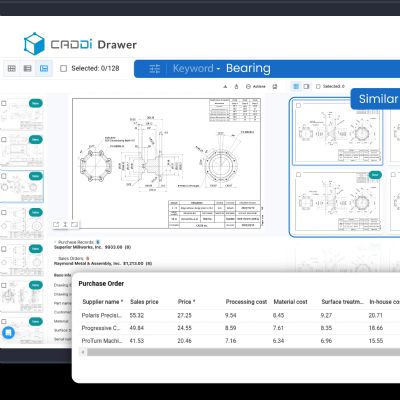The Optimum Time to Sell Your Company—How to Obtain a Premium Price
May 1, 2011Comments
A brief description of the recent history of deal pricing puts things in perspective. During 2006 and the first half of 2007, the greatest market bubble in middle-market deal pricing in more than 50 years occurred.
A brief description of the recent history of deal pricing puts things in perspective. During 2006 and the first half of 2007, the greatest market bubble in middle-market deal pricing in more than 50 years occurred. Those pricing levels will likely never return. During the second half of 2007 and first half of 2008, deal pricing reverted to normal levels. However, as the business downturn started in the third quarter of 2008, which led to the Great Recession (my term for the period beginning Q4 of 2008 to the beginning of Q3 2009), deal pricing collapsed. In fact, 2009 was the first year the world economy contracted since the 1930s.
Although economic and market conditions were awful, fortunately they never deteriorated to the levels realized during the Great Depression. However, middle-market deals, defined as transactions with values of $5 to $250 million, were few. Those that were completed were usually at deeply discounted prices. This pricing level continued until the start of Q3 2010. At that time, deal activity and pricing began to improve.
Current Deal Pricing
So far this year, deal pricing has made strides to return to normal levels, and middle-market deal activity—not necessarily comparable to large-deal activity—has greatly improved. However, many acquirers still believe that they can steal companies, primarily due to the depressed earnings most companies realized during the Great Recession. Many sellers are susceptible to accepting these discount prices, as the scars created by the Great Recession cause concern that they won’t be able to sell their companies. However, by the latter part of 2011, I expect middle-market deal pricing to increase to above-normal levels.
During 2011, as many acquirers use the depressed earnings realized by a seller during the 2-yr.period ending June 30, 2010, as justification for a substandard offer, it is imperative that middle-market executives understand that their company is a long-term asset. Its sale price should not be impacted by short-term transient considerations. Further, any serious acquirer does not anticipate earnings returning to 2009 and 2010 levels in the foreseeable future, or they would not be interested in buying companies.
Middle-market executives must remember that the true and most significant determinant of a transaction price is a company’s expected future EBITDA/earnings (EBITDA) and the risk in achieving that EBITDA from the business foundation given an acquirer. This is an acquirer’s major consideration in determining a seller’s value. Any other factors cited are merely used for negotiating leverage to justify an unwarranted discount price. Consequently, sellers should not allow any discussions regarding earnings during the 2-yr period ended June 30, 2010, to factor into a transaction price.
Later this year and 2012 will be an optimum time to sell a company. This is due to several factors:
• Most companies’ earnings began to show some strength during the second half of 2010. Earnings should continue to grow in 2011 and increase at an even higher rate during 2012. We also expect 2013 to be a very good earnings year, supported by a healthy economy. These earnings levels allow sellers to realize a premium price.









